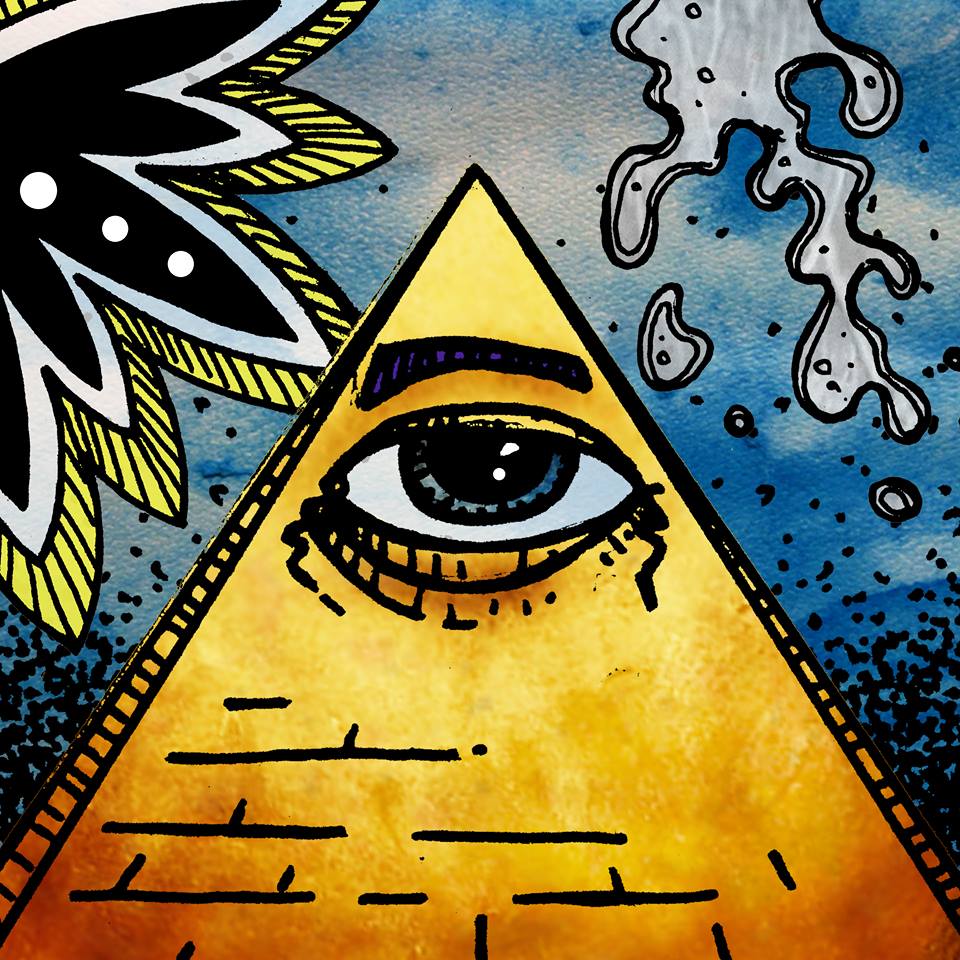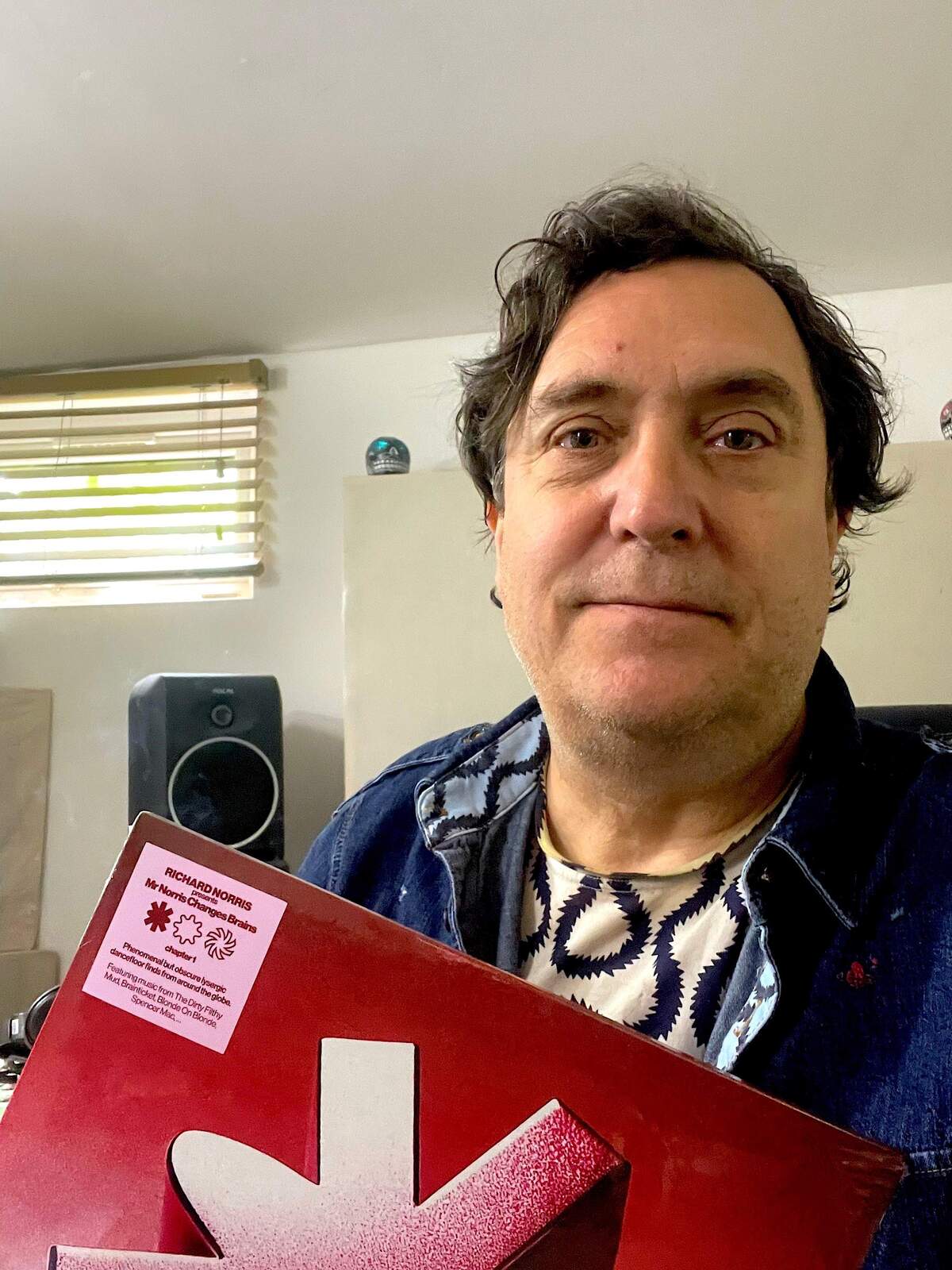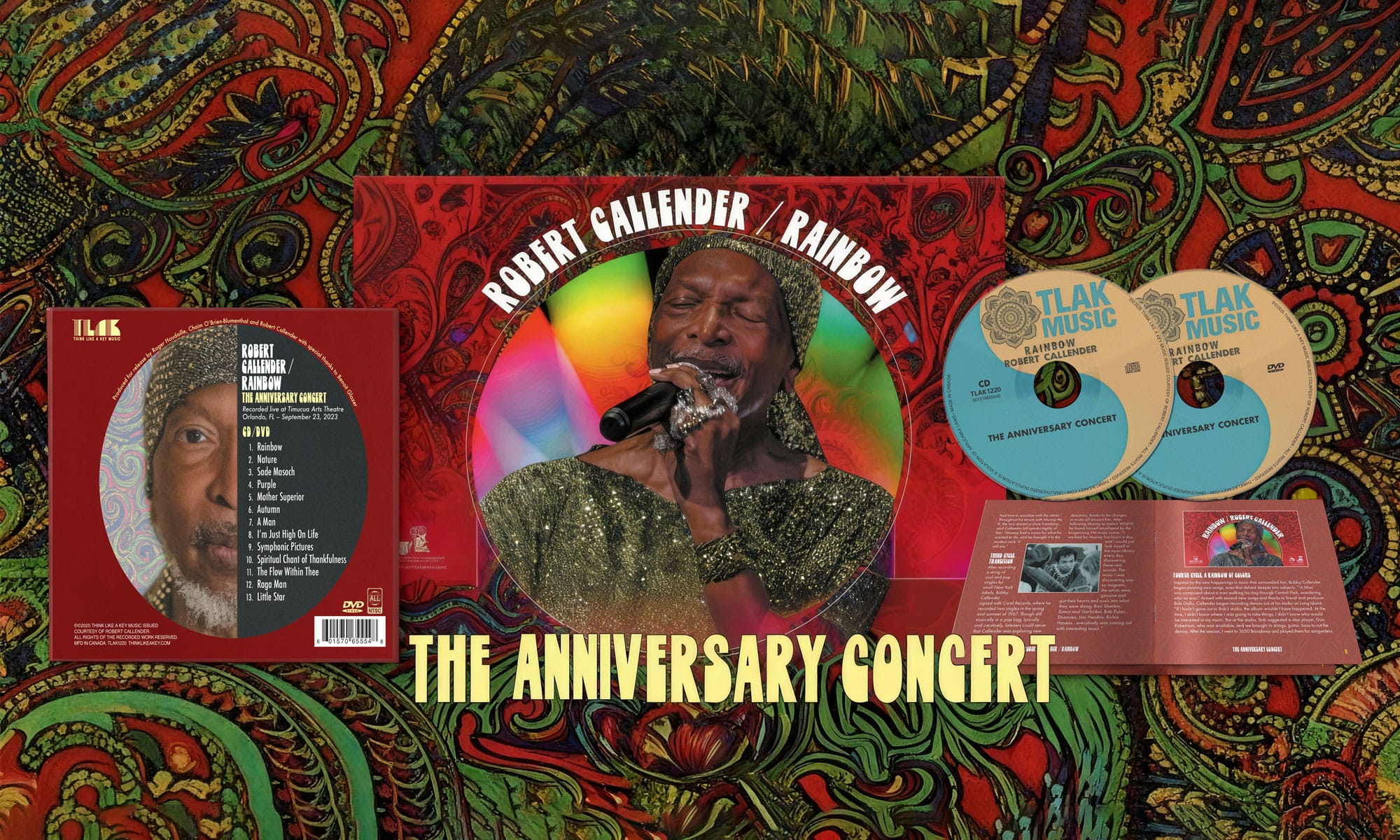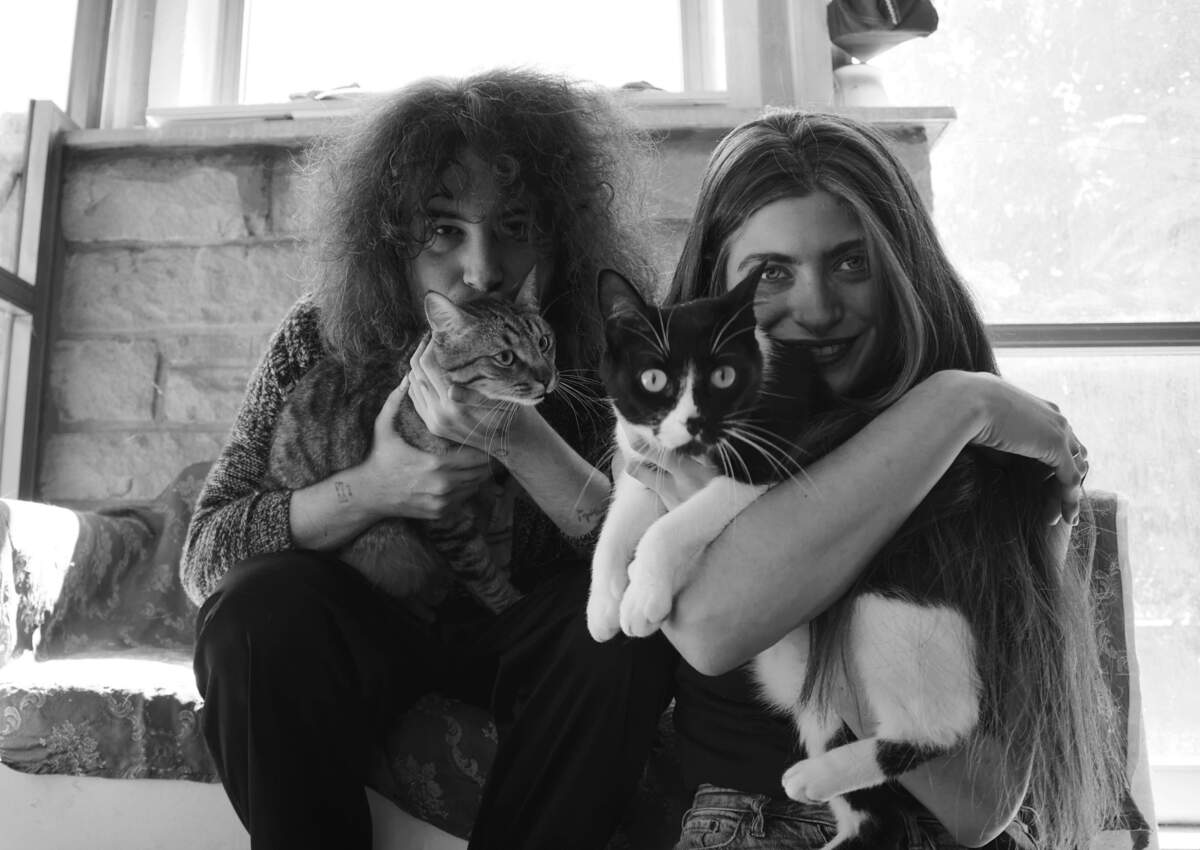Richard Norris on the Making of ‘Mr Norris Changes Brains’
‘Mr Norris Changes Brains’ is the latest chapter in Richard Norris’s lifelong mission to, as he puts it, blend psychedelic sounds and effects with rhythm.
A 42 track globetrotting compilation for Eskimo Recordings, it reflects more than four decades spent expanding musical horizons, from punk and freakbeat to acid house, ambient, and far flung psychedelic discoveries. Norris’s history runs deep, from teenage nights at Bam Caruso to producing the first acid house inspired LP with Genesis P Orridge, to chart success with The Grid and the mind altering re animations of Beyond the Wizard’s Sleeve.
Here he channels the spirit of those adventures into a worldwide survey of psych that is as open minded as it is explosive. Many of the tracks are recent discoveries, found in Istanbul record shops or through global connections. Psych can sometimes be narrow minded, he says, but a connected world has created far broader possibilities. That breadth is everywhere, whether in rare private press treasures, sweaty Parisian basement jams, or what he calls killer tunes hiding in plain sight, like ‘Iron Butterfly Theme’.
Crucially, these selections are not museum pieces. They move feet as much as they change brains. As Norris notes, any music that takes you somewhere else is good for me.
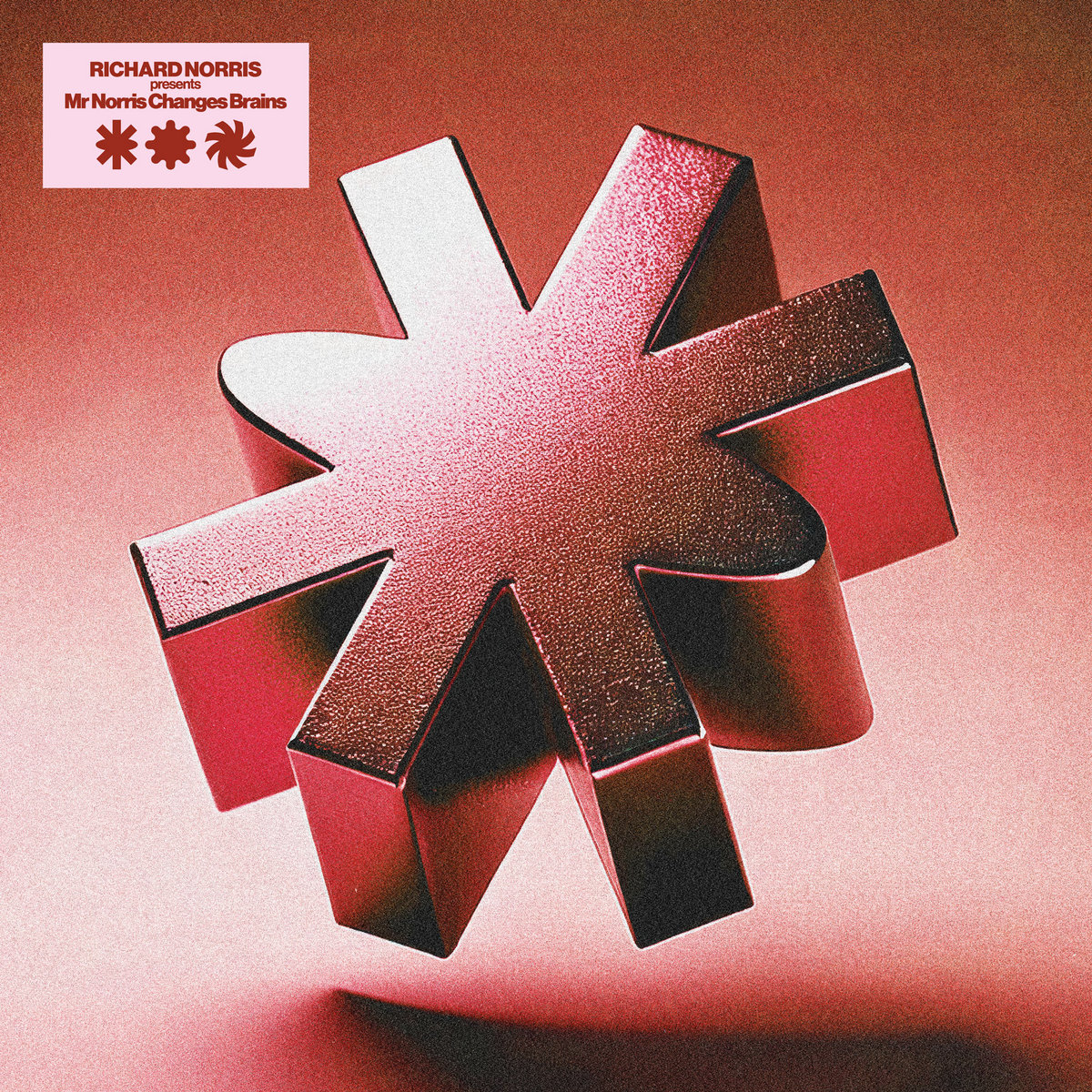
“I guess I am drawn to more transcendental art and music so, given time, it does change my brain.”
How do you define “changing a brain” through music? Is it about a shift in perception, a rewiring of neural pathways, or something more akin to a collective, transcendental experience on the dancefloor?
Richard Norris: It depends how you are listening and what you are listening to. And what you like, too… Listening to an hour long drone piece like Eliane Radige’s ‘Trilogie De La Mort’ can be a very psychedelic, transcendental experience for me that is not the same as listening to a three minute pop song. Others might just find it sounds like one continuous tone. Which it is! It changes very subtly, but that means that when it does change, the effect is greatly amplified. It is like when you look at a Rothko painting and it initially looks like a block of flat colour. The more you look at it, the more you see. I guess I am drawn to more transcendental art and music so, given time, it does change my brain. Psychedelic music has always had that innit for me, a kind of widescreen, unusual atmosphere that seems to experience the world from a different place.
You have curated this 42 track journey, moving seamlessly from obscure 60s private pressings to more recent finds. If you were to create a ‘Mr Norris Changes Brains’ lecture, which single track on the compilation would serve as the foundational text to explain your entire musical and philosophical thesis? Why that one?
‘Forest of Black’ by The Dirty Filty Mud. Great band name, great early electronics, great time and space shifting abilities, in the sense that it is a late sixties US track that sounds like a seventies German cosmic track. My thesis would be that music has the ability to move time and space. So here it is, over 3 minutes.
“Telling a story across different tracks”
The press release highlights that many of these tracks are “for a new generation”. In an era of infinite streaming and algorithmic recommendations, what is the value of a curated, physical compilation, a tangible “trip” with a defined start and end? Is this a nostalgic act, a revolutionary one, or something in between?
It is a narrative act, telling a story across different tracks. I like the way that some compilations are not just genre specific, but conjure up a story. Pete Wiggs and Bob Stanley’s recent comps for Demon do this well, for example. Similarly, when I compiled the ‘Deep In The Woods’ and ‘Magic Forest’ 3xCD psych folk sets for Cherry Red, I made sure they were a good listening experience rather than just a list of genre based tracks. By taking care what key they were in, by constantly juggling the order so it felt right. It is a listening experience rather than a trainspotting experience.
From your early punk days to the first acid house inspired LP with Genesis P Orridge and then The Grid’s mainstream success, you have navigated a diverse and often contradictory musical landscape. How has your core philosophy of ‘blending psychedelic sounds and effect with rhythm’ acted as the consistent thread or a kind of internal GPS throughout these different epochs?
I am always wanting to try something new, and my tastes have changed, but yes I will always try to find something atmospheric that has a sense of otherness in music. Sometimes with rhythm, sometimes not… I love and release a lot of ambient and drone music too. Any music that takes you somewhere else is good for me.
Tell us about your time with Bam Caruso and those freakbeat nights you were involved in. How has that experience of digging up and recontextualizing music shaped the way you approached Mr Norris Changes Brains? Do you see a kind of spiritual connection between your freakbeat work and the global psych sounds on this new compilation?
Yes, there is a very direct connection. Working with Phil Smee and Cally on Bam Caruso, particularly working daily with Phil, was the cornerstone for much of my musical thought from then on. I started working for Phil as a teenager in my school holidays, before working for Bam Caruso (as tea boy, assistant, postman etc) full time and co editing Strange Things are Happening with Phil and the great writer Brian Hogg. It was a very informative and productive time and I am truly grateful for it. It gave me a great education in psychedelia and beyond.
Beyond the Wizard’s Sleeve was not just about re edits, it was about giving old music a new life and context. How did that transformative process, where you and Erol Alkan blew the dust off older tracks, influence your selection process for this compilation? Did it change how you hear and appreciate the potential of a forgotten B side or a rare track?
I have always appreciated a forgotten B side or rare track. They do not have to be rare, some great tracks are hiding in plain sight on the B side of a massive single. Take Iron Butterfly’s ‘Theme’ on the compilation, it is a gargantuan slice of heavy guitar psych, just I am the only person I know who has played it in a club. Until now, hopefully, I am looking forward to hearing it much more now.
I think the difference between digging for tracks during the Bam Caruso days and when Erol and I were releasing edits as BTWS is that in the Bam Caruso days, we mainly looked for UK and US psych and freakbeat tracks. Maybe some European things, but not a lot else. Due to lack of information rather than lack of desire. When Erol and I were making edits, we had the internet, YouTube, and a far greater availability of knowledge and networks to draw upon, which widened the net and brought in a more worldwide influence. This comp is also about giving tracks new life.
Let us talk about the paradoxically sometimes straightjacketed scene of psychedelia. Where do you see the boundaries of psych today, and how does this compilation actively seek to dissolve them? Are we moving beyond a genre and into an aesthetic or a shared state of mind?
I hope so! I am not that attracted to something that becomes some kind of paisley museum piece. It is about opening up the mind, which is the definition of the word psychedelic, rather than putting things in boxes with defined boundaries.
You have been a musician, producer, DJ, and writer. Does stepping into the role of a compiler or musical anthropologist feel like an entirely different artistic discipline? What creative muscles does it require that are distinct from, say, producing a track with The Grid or …
It is not that different, really, it is all about a love and passion for music, how you hear it, and what it makes you feel. With writing music, I make it flow as naturally as possible, mainly using the very first ideas that come up, as they are usually the best. So it in a way does not really feel like making music, it is more of a natural response, like breathing. I know that sounds pretentious, but after being in the studio every day for years it does feel like that.
The inclusion of tracks like Iron Butterfly’s ‘Iron Butterfly Theme’ feels like a statement against snobbery. Can you elaborate on the power of killer tunes hiding in plain sight?
Music is music to me, wherever it comes from. Also, snobbery changes all the time, and mainly reflects the snob not the music. People used to dismiss the Beach Boys as some kind of pop boy band…
The compilation is a global journey, from Wales to Istanbul to Oakland. What has been the most surprising or unexpected thing you have learned about the universal language of psychedelia, having connected with diggers and musicians from all corners of the world?
That there is a hidden gem in every city! It is so surprising that the aftershock of the initial psychedelic era seeped out across the world and affected so many people worldwide.
The term freakbeat is a niche yet powerful signifier. If you were to coin a new term for the sonic landscape presented on ‘Mr Norris Changes Brains,’ one that captures its global, dancefloor focused, and mind altering essence, what would it be?
Mindwave. Sorry, that is the best I can come up with! Bam Caruso did invent the term freakbeat, however. You will have to ask Phil or Cally.
The journey of discovery is often as important as the destination. Could you share the story of one track on the compilation that required an extraordinary or particularly memorable effort to unearth and secure for the release?
I cannot remember which track it was, but the licensing people found that the owner of one track could not license it as he was in jail! Initially the label said give us tracks that are not on Spotify. I said sure, but your licensing department is not going to like it! We did compromise a bit…
You have been a part of UK music for over forty years. When you look back at the collective musical brains you have encountered and influenced, from punk to acid house, what feels like the most profound and lasting change you have seen in an audience’s relationship with music?
That it is now seen as free and somehow disposable. Not to everyone, of course… but it does seem to be a big shift. I am not a big fan of Spotify’s business practice, that is for sure. However, people’s relationship with music has not really changed much, you either get goosebumps or you do not!
You mention that you have always been focused on blending psychedelic sounds and effects with rhythm. Given the evolution of technology and the digital age, what does the future of that specific blend look like? Are we moving toward new, undiscovered forms of psychedelic rhythm?
Yes, always. I am continually surprised and encouraged that new forms emerge, new crossbreeds, new mutations. The possibilities are endless.

‘Mr Norris Changes Brains’ feels like a culmination of a lifetime of musical exploration. What is the next frontier for you, personally and artistically, once this trip has been shared with the world? What new minds, or parts of your own, are you hoping to change?
I am doing some soundtrack work, writing screenplays for TV and film, making a new Grid album, releasing drone music, playing live… lots of projects on as usual. I am hoping to continually change my brain!
Klemen Breznikar
Richard Norris Facebook / Instagram
Eskimo Recordings Website / Facebook / Instagram / YouTube / Bandcamp
